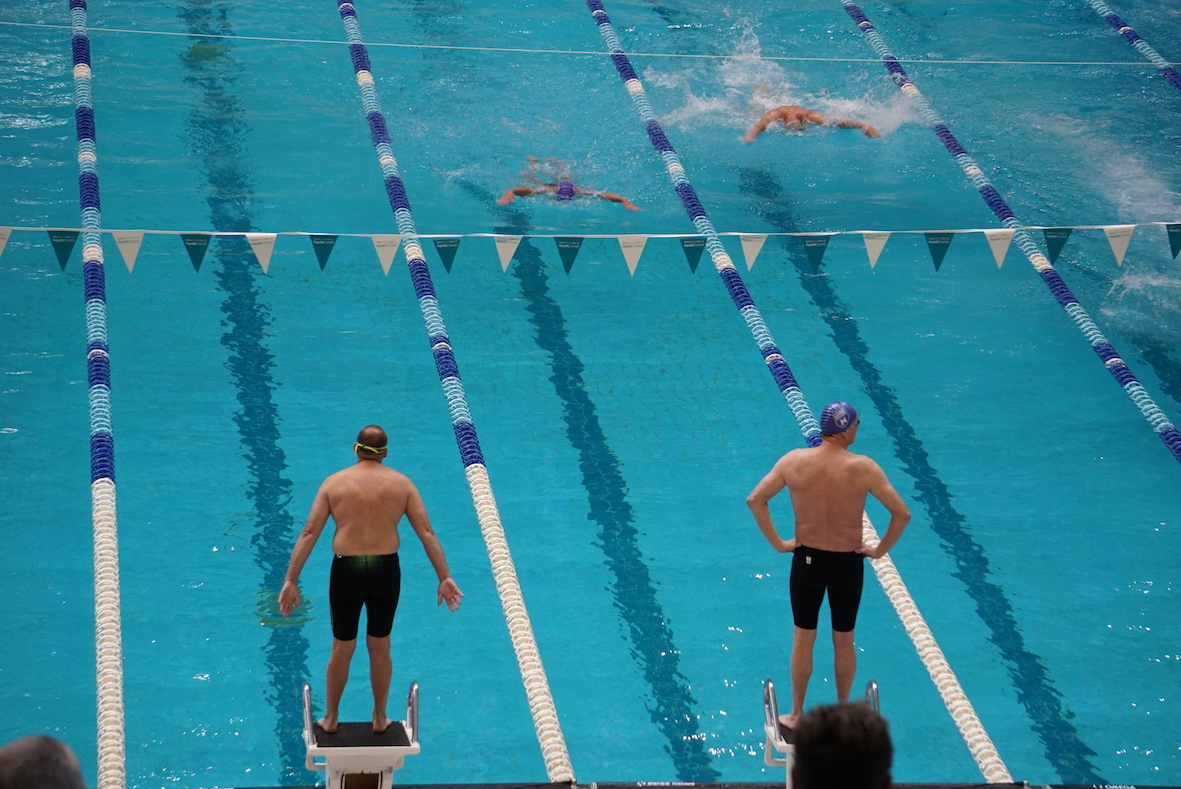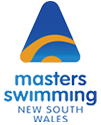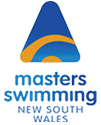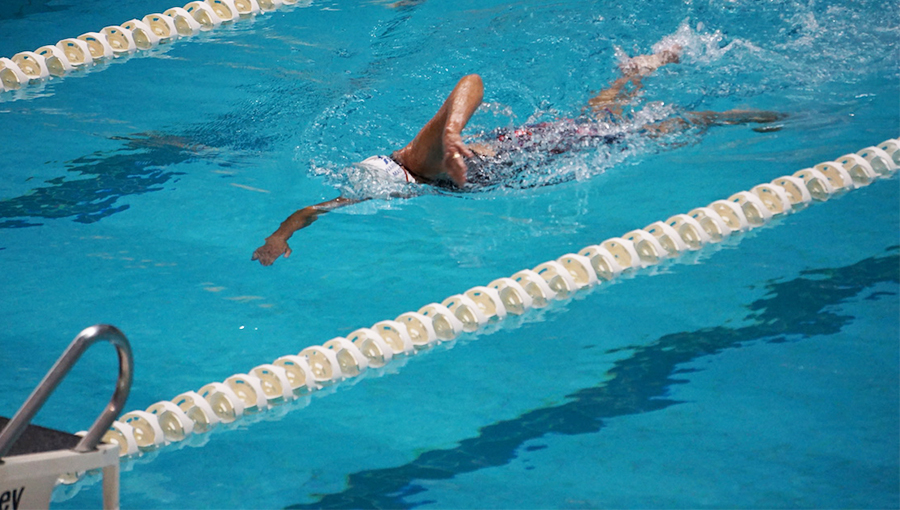
How to Train Like an Elite Athlete (Without Having to Be One!)
Words by Nicolai Morris
Too often I see masters swimmers or triathletes train in the pool for a specific distance (1km+) or time, slog up and down at a continuous pace without stopping. For a period, (especially if untrained or new) there will be some improvements, before plateauing. Is this the best way to train? Could we take a leaf out of the elite swimmers training?
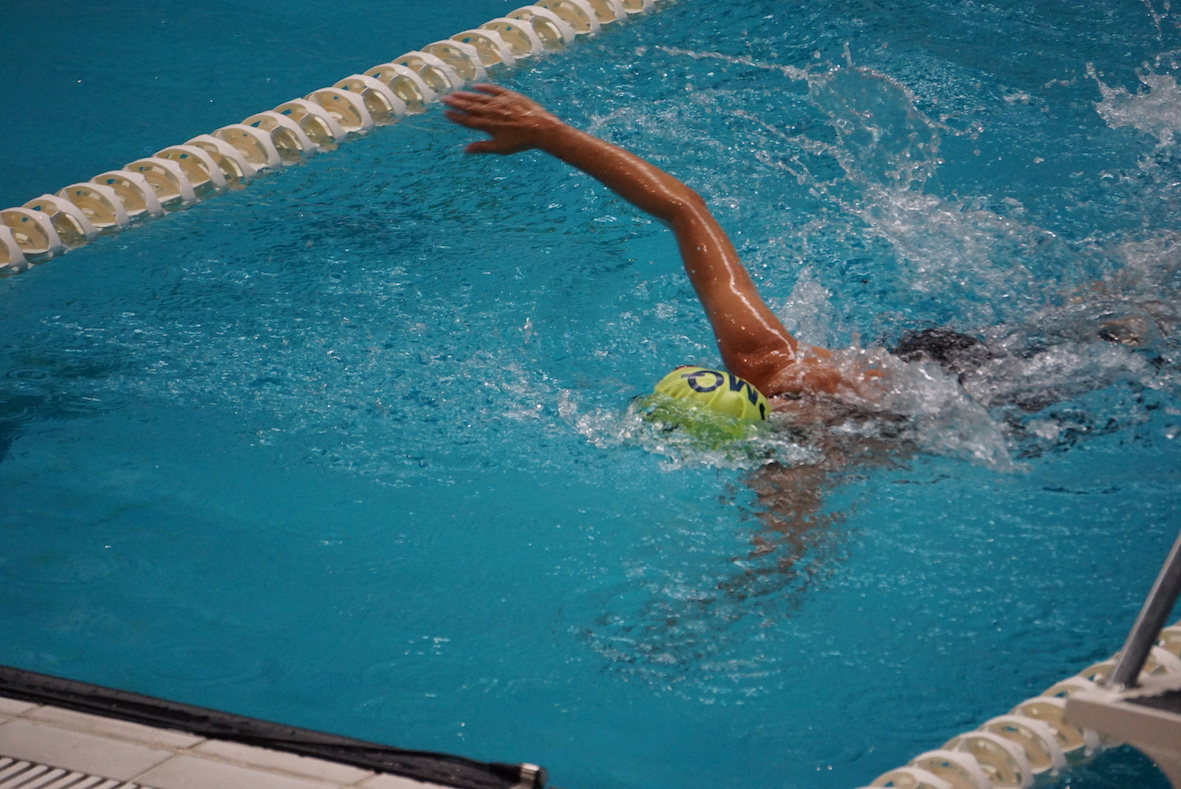
When you think of an elite athletes training, do you picture them doing hours of slow steady state training? No, you think of high intensity speed, the athletes puffing, out of breath, working at their absolute maximum until they are completely gassed. So if the best in the business are training with high intensity, why are you still swimming for an hour straight with no change of pace?
Anaerobic training is when the body’s demand for oxygen exceeds the supply of oxygen available. It is high intensity and short lasting, it relies on the muscles’ energy sources unlike aerobic which is dependent on oxygen. Anaerobic training can come in many forms and be used in many sports, including, strength training, interval training, circuits, sprints (including running, swimming, cycling etc.).
Anaerobic training pushes the cardiovascular system to capacity with a brief recovery, before more efforts. It allows a steep oxygen debt which forces the body to cope and adapt. This adaptation increases the use of stored body fat as well as increasing the basal metabolic rate for an extended period post training, thus increasing weight loss.
The benefits are numerous, these include
- Increase in strength (increase in human growth hormone which has a beneficial effect on body composition by boosting lean muscle mass production and burning body fat)
- Increase in VO2 max and cardio-respiratory fitness (so you can train harder)
- Able to remove metabolic waste from the body (decrease in onset of fatigue)
- Residual excess post exercise oxygen consumption
- Efficient use of time
- Decrease body fat
- Improve insulin sensitivity (decreasing risk of type 2 diabetes and hypertension)
- Boost exercise capacity
- Improve endurance, muscular fitness and speed
Many people still believe the once popularised statement of “Miles win Medals”, fortunately for us science has caught up and we now know that it is possible to perform and improve without doing hours of continuous training and we can improve our capacity in as little as 10mins of training daily.
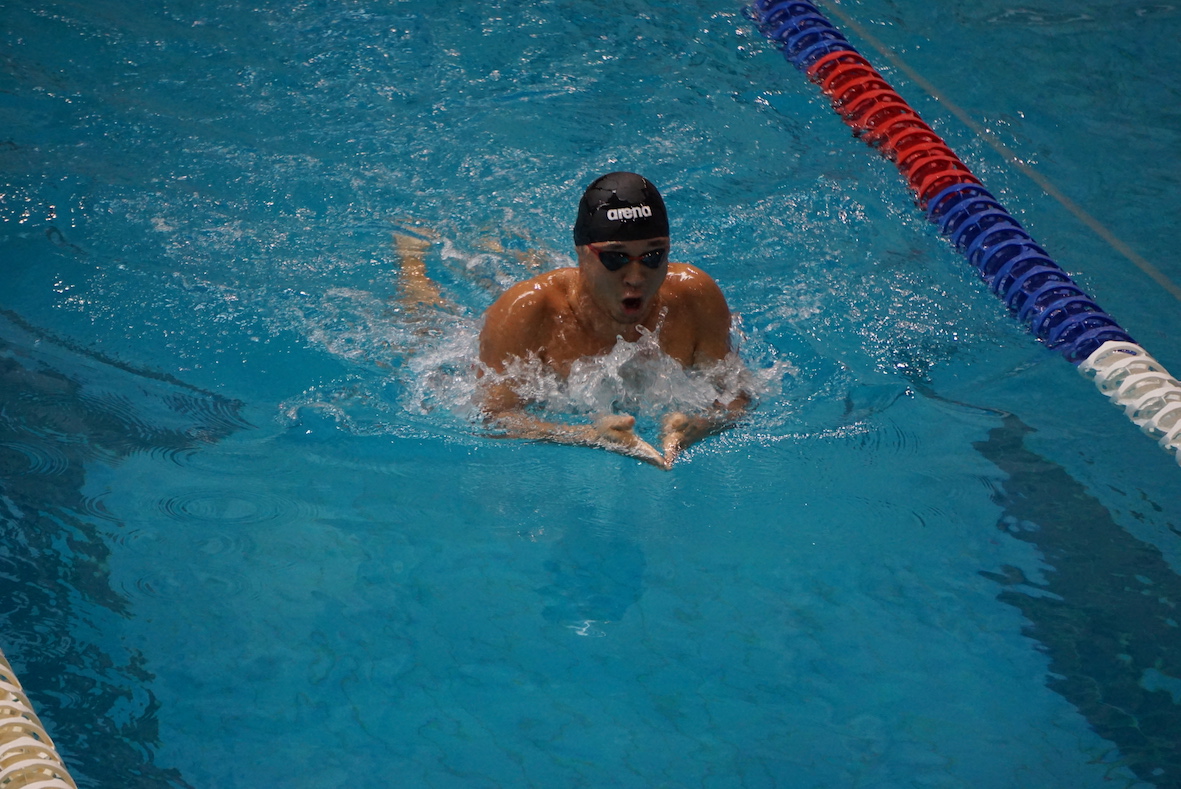
Interval training is one form of anaerobic training that is used often in training athletes. It is characterised by physical training with periods of high and low intensity activity, which can be done using a variety of mediums. QUALITY over QUANTITY is simple, but often ignored theory based off being as efficient as possible, which when we get down to it, is what training is all about. Getting the best use of your time and energy and the most bang for your buck!
Another popularised form of anaerobic training is known as High Intensity Interval Training (or HIIT), which allows you to be time proficient and can do an effective session in 10minutes. In the strength and conditioning department we often use it as a top up for the conditioning the athletes are already doing outside the gym and cardio room.
No matter what the sport, physical performance (strength, speed, endurance) all play important roles in determining success of the team or athlete. Team sports such as Rugby Union, League, Soccer, AFL, Netball, Hockey etc. all are linked by the necessity to be able to perform repeat sprints interspersed with submaximal running and strength elements.
Individual sports also need to be able to back up, for example, swimming in heats, semis and finals, in some cases on the same day! Also the qualities to race a 50m sprint and still be capable to race a 1km open water race.
Now you may be asking, how do I train all these qualities whilst still getting the best out of myself? When combining these abilities your training needs to have intensity, specificity, variety and consistency. Working in swimming we need to ensure that the players can quickly recover and perform explosive movements (dives and turns), and thus often use forms of anaerobic training to condition the athletes.
Often in training we will add anaerobic efforts interspersed with our skills and team training or adding a cross training element at the end of a weights session to make sure that the athletes can handle the demand of their sport. A few examples of training sessions you can do are-
- 10x25m swimming on 60s
- 10m in and outs (swimming) working on turns x 8 with 30s rest
- 6-10x 100m Sprints running
- 2x(8x20s on 10s off) on any cross training machine- bike, rower, ski ergo, grinder or cross trainer
- 30s max 1.30mins medium pace on any cross training machine- bike, rower, ski ergo, grinder or cross trainer
- A circuit using weights or body weight exercises (eg. 10 Burpies, 10 Push Ups, 10 Horizontal Pull Ups and 10 Squat Jumps as many times as possible in 3 mins with 2mins rest x3)
- Sled push 20m with 40s rest x 10
*Note- Our athletes will always perform a 10 min movement preparation warm up as well as a gradual build up to their top speed efforts for maximum efficiency and injury prevention.
Interval training can be done in many ways, including circuits, machines (rowing, cycling etc.), running or swimming, it is only limited to your own creativity. Although, you will need to work at high intensity for all work efforts to get the best out of your training. Remember if you train long and slow you will race long and slow!
